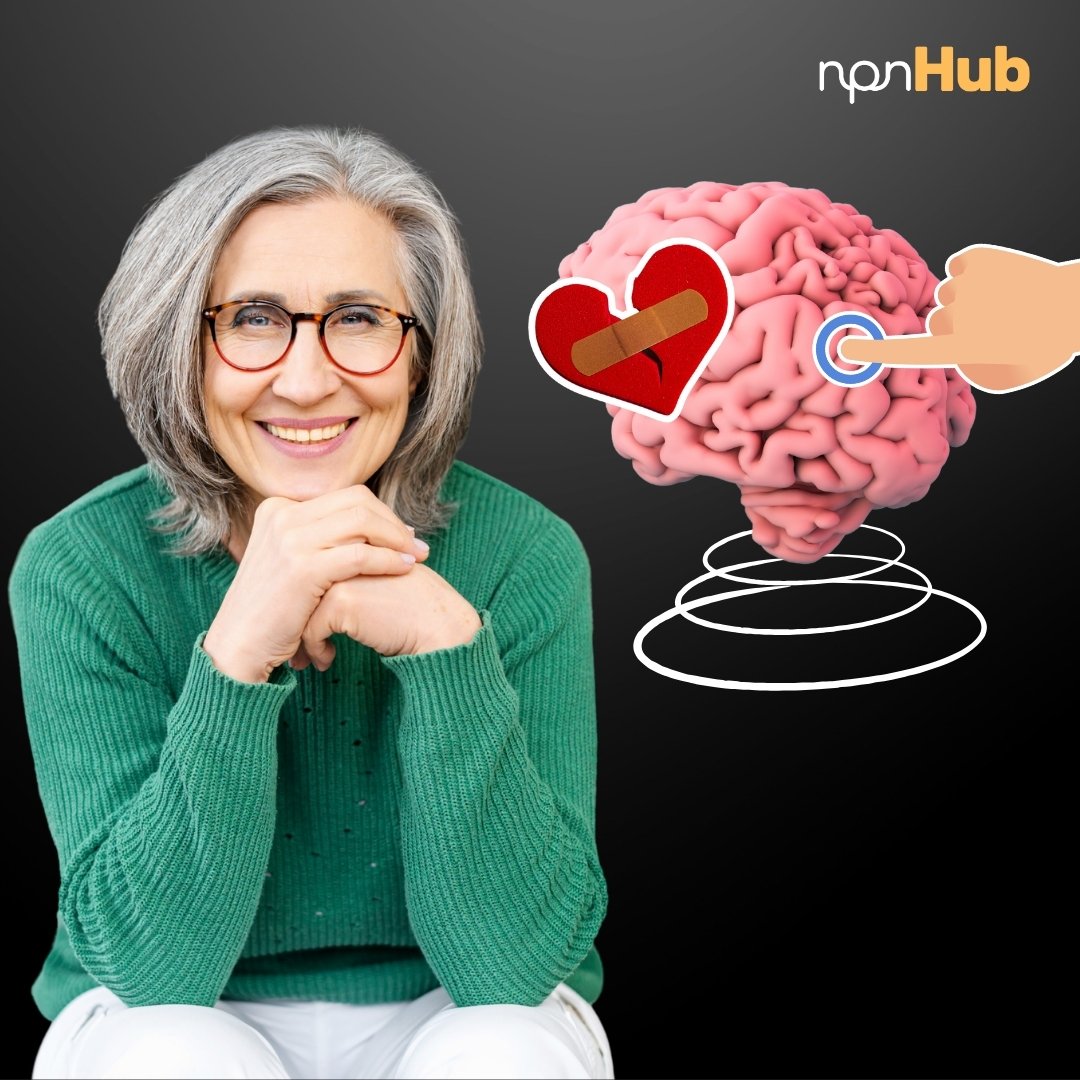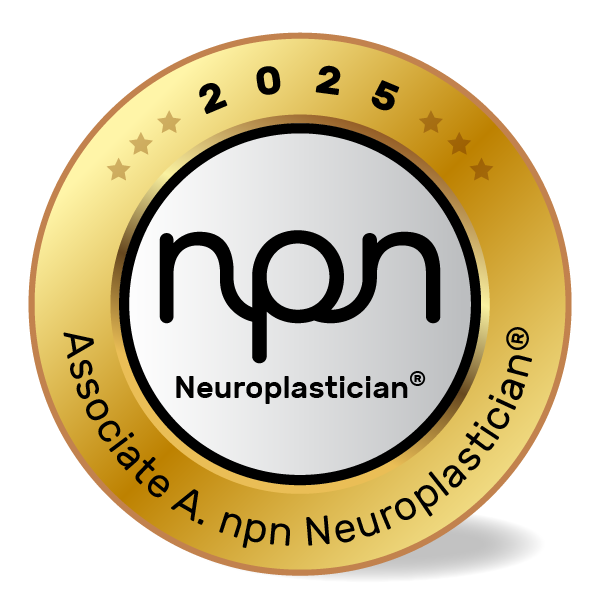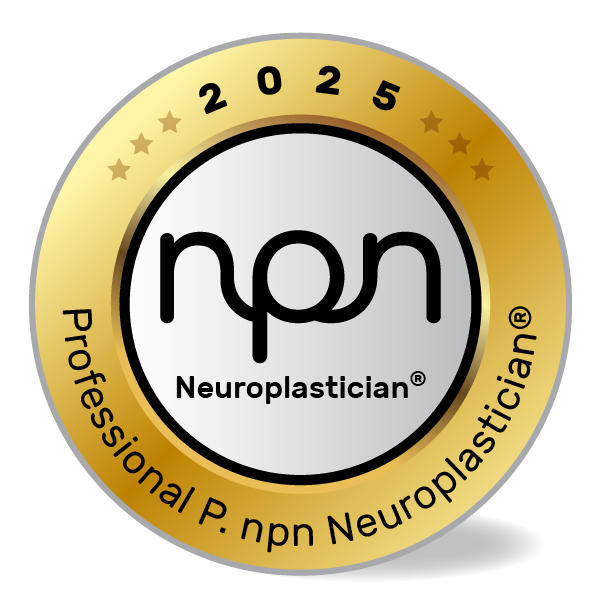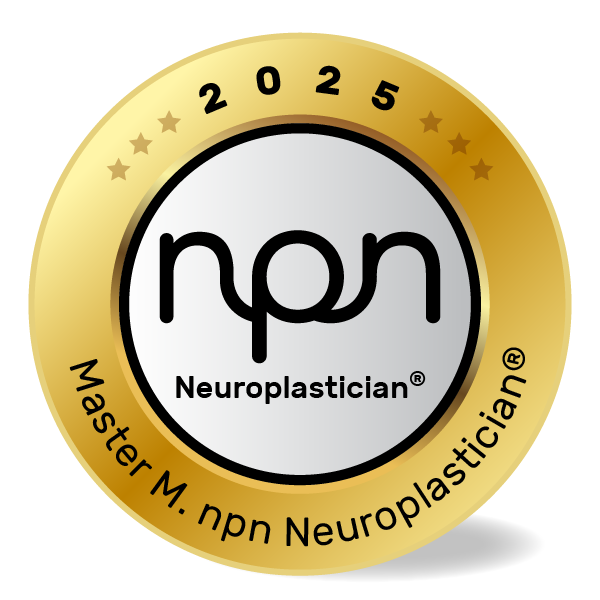How Neuroscience Supports Emotional Freedom Technique (EFT) for Stress Relief, Anxiety Reduction, and Emotional Regulation
Curated by an npnHub editorial member
Key Points
- EFT Tapping integrates acupressure with psychological exposure to alleviate stress.
- Neuroscience shows EFT impacts the amygdala and hippocampus – key regions in emotional memory and fear processing.
- Clinical studies support EFT’s effects on cortisol reduction and emotional regulation.
- Practitioners can use EFT as a neuroplastic intervention to reshape stress responses over time.
- Personalized EFT protocols can enhance coaching, therapy, and educational environments.
1. What is EFT Tapping?
At the end of a long workshop, a well-being coach noticed one participant sitting quietly, tapping on her temple and muttering softly to herself. Curious, the coach asked what she was doing. “EFT,” the woman said. “It helps me calm my nerves before public speaking.” This simple gesture opened the door to a powerful neuropsychological tool many practitioners now swear by.
Emotional Freedom Technique (EFT), often called “tapping,” combines cognitive reframing with tapping on specific acupressure points. It was developed by Gary Craig in the 1990s and is now recognized in several clinical psychology and trauma therapy contexts.
EFT’s effectiveness has been backed by studies showing its ability to reduce anxiety, PTSD symptoms, and even physiological markers of stress like cortisol. For instance, a randomized controlled trial published in Journal of Nervous and Mental Disease demonstrated significant cortisol reduction following EFT sessions (Source).
2. The Neuroscience of EFT Tapping
A neuroscience educator once shared how she incorporates EFT into mindfulness practices with students who struggle with performance anxiety. “I don’t just teach breathwork anymore,” she said. “I guide them to tap their meridian points while naming their emotions.” The shift was noticeable – students became more self-aware, calm, and emotionally regulated.
From a neuroscience standpoint, EFT Tapping interacts with brain regions involved in emotional processing, such as the amygdala, which detects fear and signals stress responses, and the hippocampus, which stores emotional memories. Tapping appears to reduce activation in these areas while increasing activity in the prefrontal cortex, the center for rational thinking and regulation.
Functional MRI studies have shown decreased amygdala activation post-tapping, suggesting that the practice helps regulate emotional memory and reduce fear-based responses (Source).
3. What Neuroscience Practitioners, Neuroplasticians, and Well-being Professionals Should Know About EFT Tapping
A neuro-coach working with high-stakes corporate clients observed that standard stress management tools weren’t always effective. One client, overwhelmed before presentations, responded dramatically to EFT – achieving calm within minutes. “It felt like flipping a switch,” he said.
This story illustrates how EFT bypasses cognitive resistance. Practitioners should know that EFT:
- Can be adapted to individual needs with personalized tapping scripts.
- Enhances interoceptive awareness, clients become more attuned to their own bodily stress signals.
However, myths persist, such as:
- EFT is “woo” or placebo.
- Tapping only works if you believe in it.
- It can replace therapy entirely.
But neuroscience tells a different story. Researchers like Dawson Church and Peta Stapleton have documented EFT’s influence on brainwave coherence, cortisol levels, and heart rate variability. The technique engages both somatic and cognitive pathways, triggering lasting neural changes.
Frequently asked questions:
- How does EFT compare with traditional CBT in terms of brain activation?
- Can EFT be used during moments of acute panic or trauma recall?
- Are there contraindications for using EFT with neurodiverse clients?
4. How EFT Tapping Affects Neuroplasticity
EFT works by pairing emotional activation with physical tapping, enabling a “re-wiring” of the stress response system. Repeated tapping, especially when paired with cognitive reframing (“Even though I feel anxious, I accept myself”), leads to measurable neural adaptations. This dual engagement promotes neuroplasticity, the brain’s ability to change and adapt.
A study published in Energy Psychology showed EEG changes consistent with shifts in brainwave activity after tapping sessions. Moreover, research by Peta Stapleton has indicated sustained changes in brain connectivity and decreased stress response over time (Stapleton et al., 2020). These studies support the idea that EFT can help create healthier emotional responses through repeated use, reinforcing new neural pathways.
5. Neuroscience-Backed Interventions to Improve Emotional Regulation Using EFT
Why Behavioral Interventions Matter
Many clients struggle with chronic stress, anxiety, and emotional overload. A neuroscience educator working with teens found that despite learning about emotions, they often lacked tools to regulate them in the moment. EFT provided a bridge – both psychological and somatic.
1. Begin with the Body: Tapping on Meridian Points
Concept: Stimulating acupressure points modulates activity in the amygdala and calms the sympathetic nervous system (Feinstein, 2012).
Example: A coach teaches clients to tap on the side of the hand while voicing a grounding statement before public speaking.
✅ Intervention:
- Identify an emotional trigger.
- Tap on the 8-point sequence (eyebrow, side of eye, under eye, nose, chin, collarbone, under arm, top of head).
- Repeat calming affirmations during tapping.
- Track intensity on a 0–10 scale before and after.
2. Create Personalized Tapping Scripts
Concept: Language activates the prefrontal cortex, enhancing cognitive reappraisal during emotional activation (Lieberman et al., 2007).
Example: An educator helps students write their own EFT phrases addressing school-related anxiety.
✅ Intervention:
- Collaborate with the client to co-create scripts.
- Focus on one emotion at a time (e.g., fear, shame).
- Pair statements with self-acceptance phrases.
- Review emotional intensity after sessions.
3. Pair EFT with Visualization Techniques
Concept: Engaging visual and somatic pathways simultaneously strengthens right-hemisphere integration (Schore, 2012).
Example: A well-being coach guides a client to visualize success while tapping, enhancing confidence and emotional stability.
✅ Intervention:
- Ask the client to imagine a calming or empowering scene.
- Introduce tapping while maintaining the visual image.
- Use affirming language (“I am safe, I am capable”).
- Integrate this into morning or pre-task routines.
6. Key Takeaways
EFT Tapping is more than a calming trick – it’s a neuroscience-informed tool that helps recalibrate emotional responses and promote long-term neural change. With consistent practice, clients learn to access emotional clarity, reduce physiological stress, and build resilience.
🔹 Tapping reduces activity in the amygdala, calming fear-based responses.
🔹 It increases prefrontal cortex activation, supporting regulation and insight.
🔹 EFT rewires emotional patterns through neuroplastic change.
🔹 Practitioners can personalize EFT protocols for diverse client needs.
By embracing EFT, neuroscience professionals offer their clients an evidence-based bridge between cognition and emotion – one tap at a time.
7. References
- Church, D., et al. (2012). “Psychological symptoms improve more in EFT than in CBT and EMDR in a randomized controlled trial.” Journal of Nervous and Mental Disease.https://pubmed.ncbi.nlm.nih.gov/23364126/
- Feinstein, D. (2012). “Acupoint stimulation in treating psychological disorders: Evidence of efficacy.” Review of General Psychology.https://journals.sagepub.com/doi/10.1037/a0028602
- Feinstein, D. (2019). “Energy psychology: Efficacy, speed, mechanisms.” Frontiers in Psychology.https://www.lidsen.com/journals/icm/icm-07-02-015
- Stapleton, P., et al. (2020). “Neural changes after Emotional Freedom Techniques (EFT).” Frontiers in Psychology.https://www.frontiersin.org/journals/psychology/articles/10.3389/fpsyg.2023.1195286/full?fbclid=IwAR2psARhhKkyH7C0PI31ep5n7FVnb0PfO9C5zDzl11GAM1LRs3x60Zj6tvk&trk=public_post_comment-text
- Lieberman, M.D., et al. (2007). “Putting feelings into words: Affect labeling disrupts amygdala activity.” Psychological Science.https://pubmed.ncbi.nlm.nih.gov/17576282/
8. Useful Links
- NIH Emotional Health Resources: https://www.nih.gov
- APA on Complementary Therapies:https://psycnet.apa.org/record/2019-09244-012
- Association for Comprehensive Energy Psychology: https://www.energypsych.org
- Peta Stapleton’s EFT Research:https://www.petastapleton.com/free-eft-resources
- Frontiers in Psychology – EFT Studies: https://www.frontiersin.org















